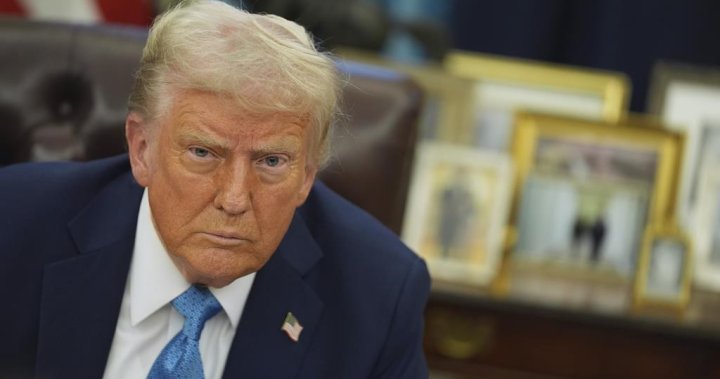Introduction: Trump’s Tariff Policy on Steel and Aluminum
In a bold move to reshape U.S. trade policy, President Donald Trump announced the imposition of tariffs on all steel and aluminum imports, targeting key allies such as Canada and Mexico. This decision, signed into effect via presidential proclamations, introduces a 25% tariff on steel and 10% on aluminum, with no exemptions. Trump emphasized the strategic importance of these industries, stating, "It’s a big deal. This is the beginning of making America rich again." The administration framed this move as crucial for national security and economic stability, aiming to bolster domestic production and reduce reliance on foreign imports.
The Rationale Behind the Tariffs
The Trump administration justified the tariffs as a necessary measure to protect the U.S. steel and aluminum industries, which are viewed as vital for national security. Peter Navarro, Trump’s trade adviser, highlighted the tariffs’ role in combating "foreign dumping" and ensuring the U.S. does not depend on other nations for critical materials. Navarro emphasized, "This isn’t just about trade. It’s about ensuring that America never has to rely on foreign nations for critical industries like steel and aluminum." This stance reflects a broader strategy to revitalize domestic manufacturing and reduce external dependencies.
The Impact on Canada
Canada, the largest supplier of primary aluminum to the U.S., faces significant repercussions from these tariffs. The United Steelworkers union voiced strong opposition, describing the move as a "direct attack on workers and communities." Marty Warren, USW’s national director for Canada, called for retaliation, arguing that Canada is not the problem and that the tariffs would harm workers on both sides of the border. Economic data underscores this concern, with Canada exporting 94% of its steel production to the U.S., valued at $20 billion annually. The Canadian Steel Producers Association and Chamber of Commerce also expressed alarm, noting the detrimental effects of tariffs on businesses and consumers during a time of economic uncertainty.
Broader Implications for Trade Relations
The tariffs marked an escalation in trade tensions, interrupting a period of relative calm after a 30-day reprieve. The decision raised the aluminum tariff from 10% to 25% and reinstated steel tariffs that had been waived under previous quota deals. This move extended Trump’s 2018 Section 232 national security tariffs, which had initially spared Canada but were later imposed. The history of these tariffs, including Canada’s retaliatory measures on U.S. products like orange juice, highlights the complex and often contentious nature of U.S.-Canada trade relations. The 2019 agreement to lift tariffs had provided temporary relief, but the new measures reignite concerns about trade stability.
Political Fallout and Reactions
Canadian politicians responded swiftly to the tariffs, with Ontario Premier Doug Ford vowing a strong response, stating, "If someone you know gives you a pop in the nose, they’re going to get that pop twice as hard back." Conservative Leader Pierre Poilievre echoed this sentiment, calling for dollar-for-dollar retaliation. These reactions reflect the political implications of the tariffs, which extend beyond economic impact to touch on national pride and sovereignty. The tariffs also raised concerns about the broader implications for North American trade, particularly as the U.S. seeks to implement new standards for steel and aluminum imports.
Conclusion: The Future of U.S.-Canada Trade
The imposition of steel and aluminum tariffs by the Trump administration has significant economic and political implications for both the U.S. and Canada. While the move aims to bolster domestic industries, it risks disrupting trade relations and harming workers on both sides of the border. The tariffs also highlight the challenges of balancing national security concerns with the realities of global trade in an interconnected economy. As both countries navigate this uncertain landscape, the impact of these tariffs will likely be felt for years to come, shaping the future of U.S.-Canada trade relations.












